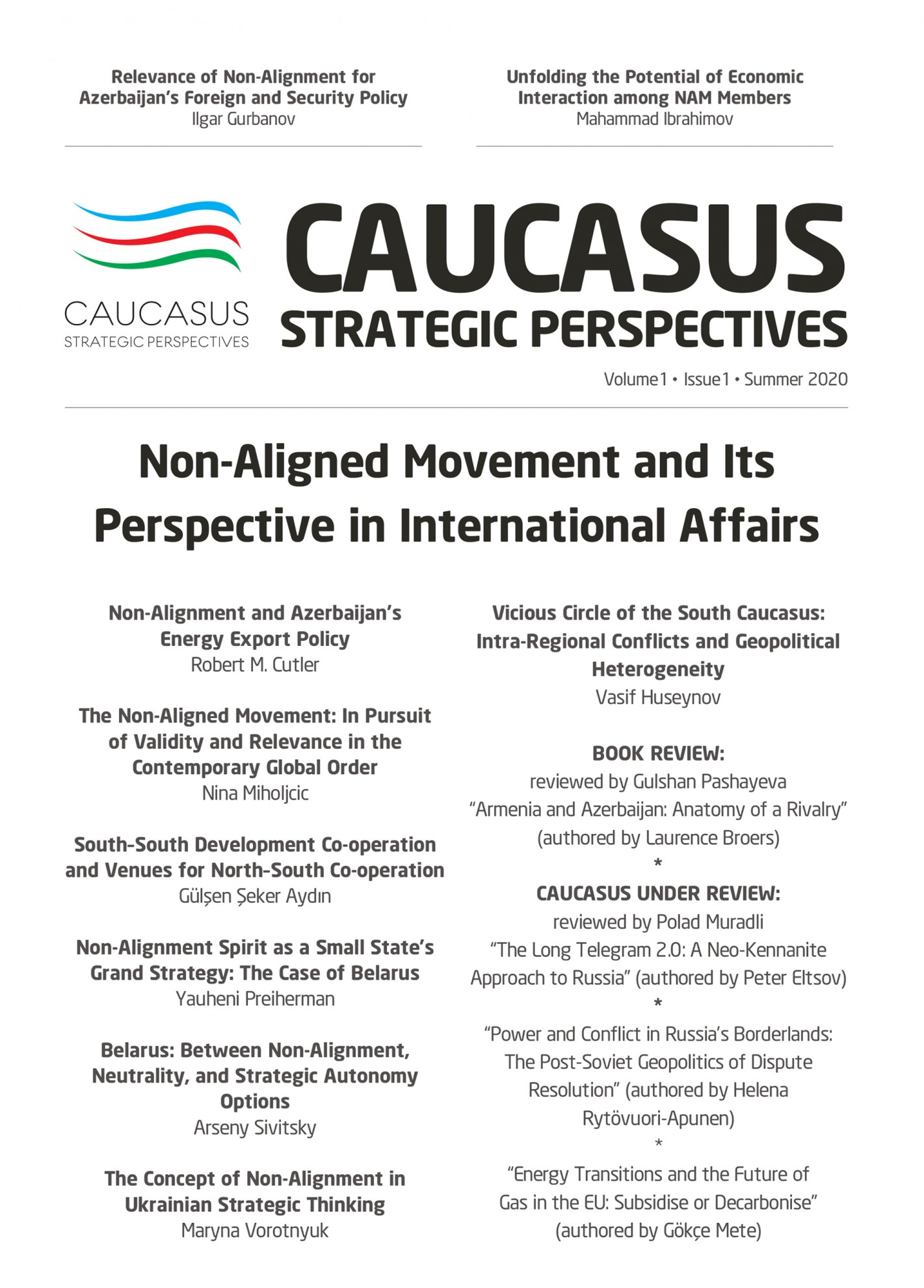The Non-Aligned Movement: In Pursuit of Validity and Relevance in the Contemporary Global Order
This article examines the ways in which the Non-Aligned Movement (NAM) could regain its “old” reputation and offer a new agenda that better corresponds to the post-Cold War world order. Even though the Cold War ended almost three decades ago and the notion of non-alignment has seemingly lost its relevance in the international arena, the NAM is still functioning and retains important potential for uniting a significant number of countries from the Global South. In addition to persistent issues that continue to put pressure on members of the NAM, new challenges have arisen that require the stable existence of meaningful alliances equipped with the necessary organizational flexibility and capability to adjust to the contemporary international environment. The NAM’s adjusted agenda for the contemporary world order implies enhanced North−South dialogue, improved South−South co-operation and a more efficient decision-making process achieved through restructuring its internal institutional framework.
Latest news
- 12/27/2024 Call for Submissions-Caucasus Strategic Perspectives, Volume 6, Issue 1, Summer 2025 678 views
Popular articles
- 07/18/2022 The Russia–Ukraine War: Perspective of Azerbaijan 4339 views
- 10/14/2020 The Non-Aligned Movement: In Pursuit of Validity and Relevance in the Contemporary Global Order 3318 views
- 10/14/2020 Vicious Circle of the South Caucasus: Intra-Regional Conflicts and Geopolitical Heterogeneity 3296 views
- 10/14/2020 Relevance of Non-Alignment for Azerbaijan’s Foreign and Security Policy 3025 views





